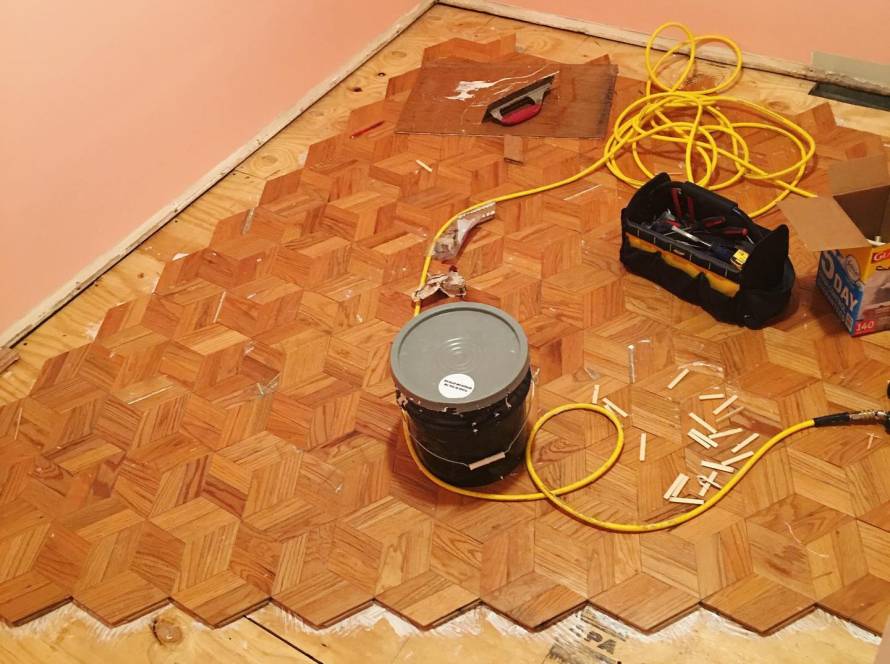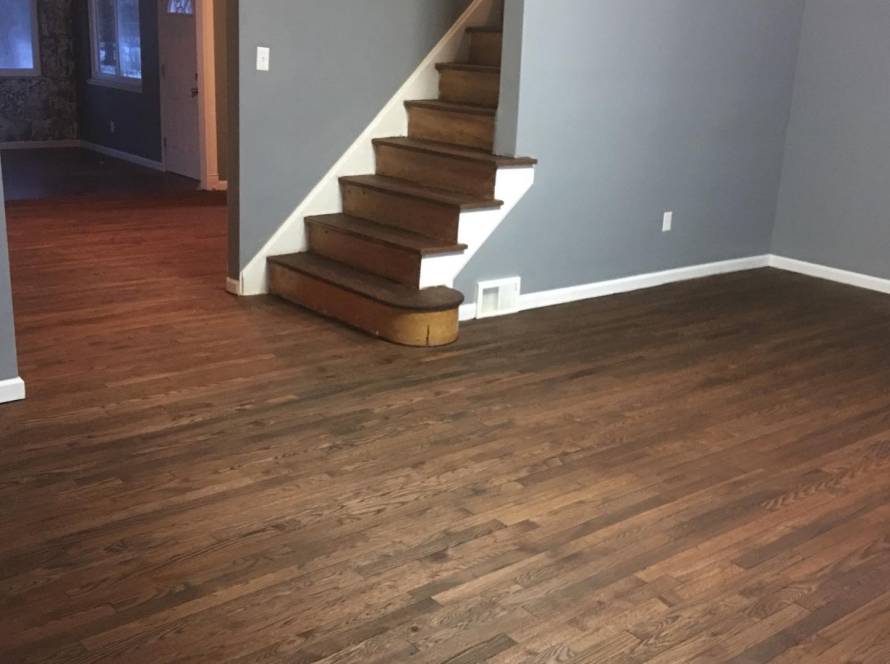Wood floors add timeless elegance and durability to any home. However, over time, they may suffer from extensive wear and damage that simple refinishing cannot resolve. If you’re searching for hardwood floor replacement near me, understanding when to replace instead of refinish is crucial. This guide will help you determine the best course of action based on factors like structural integrity, costs and long-term value.
1.Signs That Indicate It’s Time for Floor Upgrades
Refinishing is a great option for restoring wood floors, but in some cases, installing new flooring is the better investment. Here are key indicators that suggest a floor overhaul is necessary:
-
Severe Structural Damage
- Deep cracks, warping, or significant water damage often make refinishing ineffective.
- If boards are lifting or rotting due to moisture exposure, full replacement is needed.
-
Multiple Refinishing Attempts
- Solid hardwood can only withstand a few refinishing cycles before it becomes too thin.
- If your floors have already been refinished several times, replacement ensures better durability.
-
Extensive Staining and Discoloration
- Stubborn stains that penetrate deep into the wood fibers may not be removed through sanding.
- Discolored or faded areas might require full replacement to achieve uniform aesthetics.
-
Outdated or Unwanted Wood Species
- If your current flooring is outdated and no longer fits your home’s style, upgrading to modern hardwood is a smart choice.
- Some wood types are more prone to damage, making replacement a more practical solution.
2. Comparing Costs: Replacement vs. Refinishing
Cost is a major factor when deciding between refinishing and installing your floor. Here’s what to consider:
-
Hardwood Floor Installation Price
- Replacement costs vary based on the type of wood, labor, and installation method.
- Engineered hardwood can be a more budget-friendly option compared to solid wood.
-
Refinishing Costs
- Refinishing is typically more affordable than replacement but doesn’t address structural issues.
- If repeated refinishing is required, investing in new flooring might be more cost-effective in the long run.
3. Does Hardwood Flooring Increase Home Value?
Investing in new flooring can significantly boost the value of your house. Here’s why:
- Modern, durable wood floors are a key selling point for buyers.
- Homes with new wood floors often sell faster and at higher prices.
- Replacing old, damaged flooring enhances both aesthetics and functionality.
4. Choosing the Right Flooring for Your House
If you decide on installing new hardwood floors, selecting the right type is essential to ensure durability, aesthetics, and long-term value. Here are key factors to consider:
- Wood Type – Different hardwood species offer varying levels of durability, grain patterns, and color tones. Oak is a classic choice known for its strength and versatility, maple provides a smooth, contemporary look, while hickory is one of the hardest options, ideal for high-traffic areas.
- Finish Options – You can choose between prefinished and site-finished floors. Prefinished hardwood comes with a factory-applied coating, offering quicker installation and uniform durability. Site-finished flooring, on the other hand, allows for customized staining and finishing but requires more time and effort.
- Plank Width & Style – Wider planks create a modern, open feel, while traditional narrow planks offer a timeless aesthetic. Distressed and hand-scraped styles add character, while smooth finishes provide a sleek, elegant look.
- Budget & Longevity – Solid hardwood is a premium option that can be refinished multiple times, making it a long-term investment. Engineered hardwood is more affordable and resistant to moisture fluctuations, making it suitable for basements and humid environments.
- Maintenance Requirements – Some wood floors require more upkeep than others. Lighter finishes tend to show less dust and scratches, while darker stains may need more frequent cleaning to maintain their appearance.
By carefully considering these factors, you can choose the best hardwood flooring that suits your home’s style, durability needs, and budget.
Conclusion: Making the Right Decision for Your Floors
If your floors have minor wear, sanding and finishing may be a viable option. However, when facing extensive floor damage, opting for a new installation ensures long-term durability and beauty. Work with professionals to ensure quality hardwood floor installation and maximize your home’s value.
Ready to upgrade your floors? Contact our expert team today for a consultation and get the best solution tailored to your needs.



